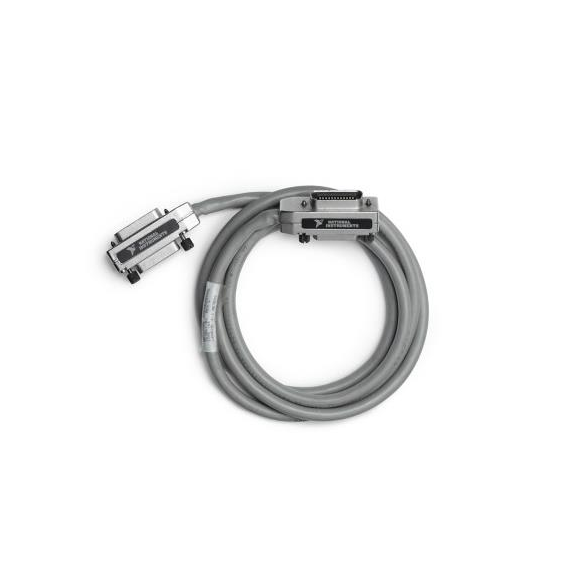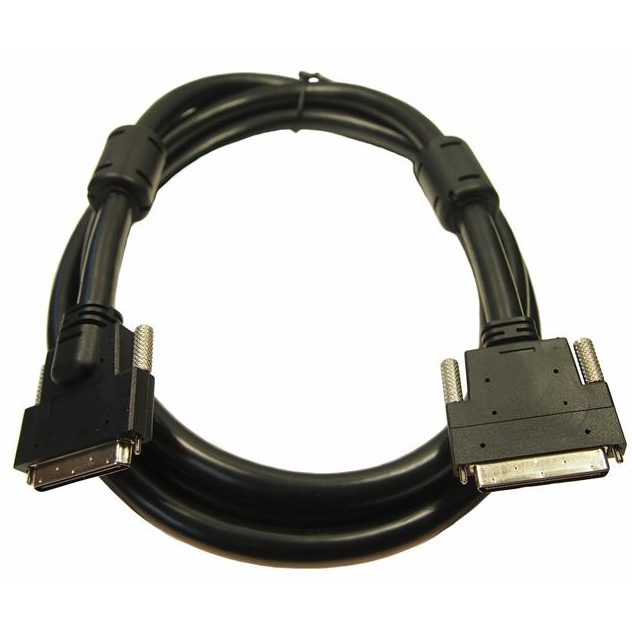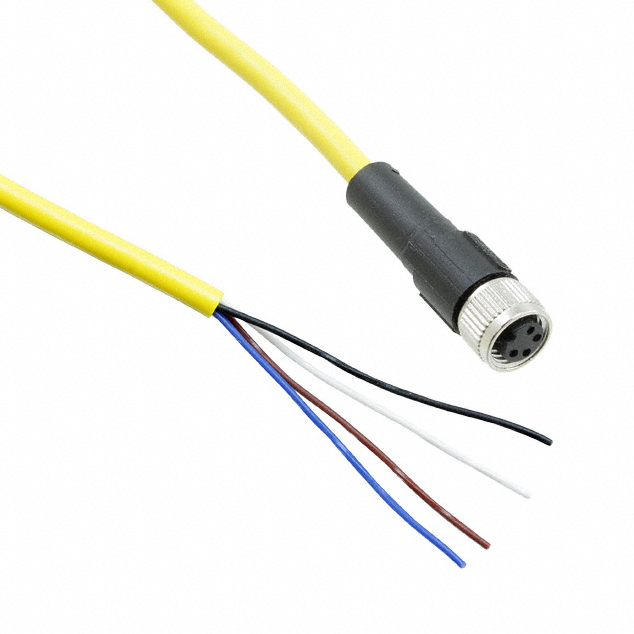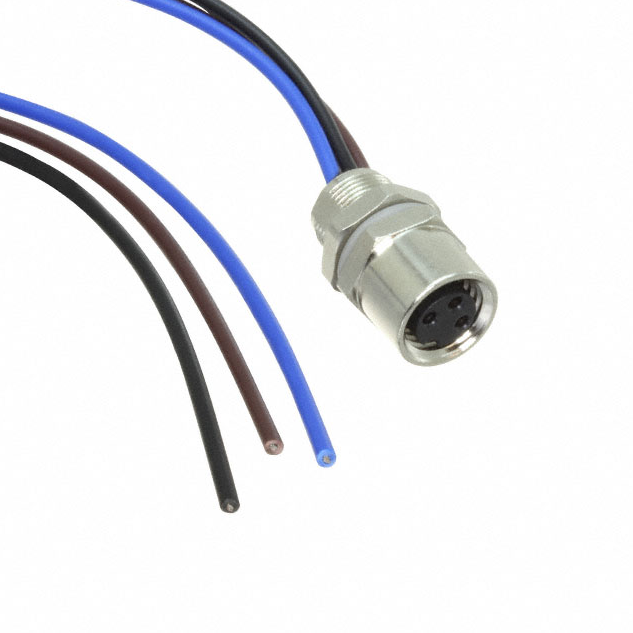Keeping progressing, Pursuing integrity, Embracing future
Considering future expansion needs when designing wiring harnesses is key to ensuring long-term adaptability of the product. Here are some strategies to help you consider expansion requirements during the design process:
Reserve redundant capacity:
Number of wires: When designing, consider reserving additional wires or channels so that new functions can be added or the capacity of existing functions can be increased in the future.
Wire harness size: Choose the appropriate wire harness size and specifications to ensure that more wires can be accommodated when needed.
Modular design:
Segmented design: Design the wiring harness as modular parts, making it easy to upgrade or replace. For example, using detachable connectors makes future expansion easier.
Interface standardization: Using standardized connectors and interfaces to facilitate compatibility and scalability with other systems or components in the future.
Flexible wiring methods:
Adjustable design: Leave enough space and flexibility during wiring to accommodate future adjustments or modifications.
Routing planning: Plan a reasonable routing path and location to ensure that future additions or adjustments will not affect the performance of existing wiring harnesses.
Add detection points:
Test interface: Consider adding test interfaces or detection points at appropriate locations during design to facilitate future fault diagnosis and maintenance.
Diagnostic function: When possible, consider adding diagnostic functions when designing wiring harnesses to better monitor and maintain the system in the future.
Consider power and load requirements:
Extra load: When designing the wiring harness, estimate the potential increase in future loads, select appropriate wire specifications and insulation levels to avoid electrical problems caused by increased loads.
Heat dissipation design: Ensure that the heat dissipation capacity of the wiring harness can cope with possible future power increases and avoid overheating issues.
Adequate documentation:
Design document: Detailed record of the design scheme, schematic diagram, and layout of the wiring harness for future reference when expanding or modifying.
Maintenance Manual: Prepare detailed maintenance and expansion manuals to guide future maintenance personnel on how to perform expansion operations.
Aligning with future demands:
Technological development: Pay attention to the development trends of related technologies, anticipate possible technological changes, and ensure that wire harness design can be compatible with future technological requirements.
User feedback: Understand the needs of customers and the market to ensure that the design can meet possible future demand changes.
Inquiry
LATEST BLOGS
INQUIRY
RELATED PRODUCTS
 How does the wiring harness perform in extreme environmentsRCD has over a decade of experience in the assembly of cables and connectors required for outdoor harsh environment equipment.
How does the wiring harness perform in extreme environmentsRCD has over a decade of experience in the assembly of cables and connectors required for outdoor harsh environment equipment. How to evaluate the lifespan and reliability of wire harnessesRCD has over a decade of experience in the assembly of cables and connectors required for outdoor harsh environment equipment.
How to evaluate the lifespan and reliability of wire harnessesRCD has over a decade of experience in the assembly of cables and connectors required for outdoor harsh environment equipment. What is the difference between flexibility and rigidity of wire harnessesRCD has over a decade of experience in the assembly of cables and connectors required for outdoor harsh environment equipment.
What is the difference between flexibility and rigidity of wire harnessesRCD has over a decade of experience in the assembly of cables and connectors required for outdoor harsh environment equipment.




